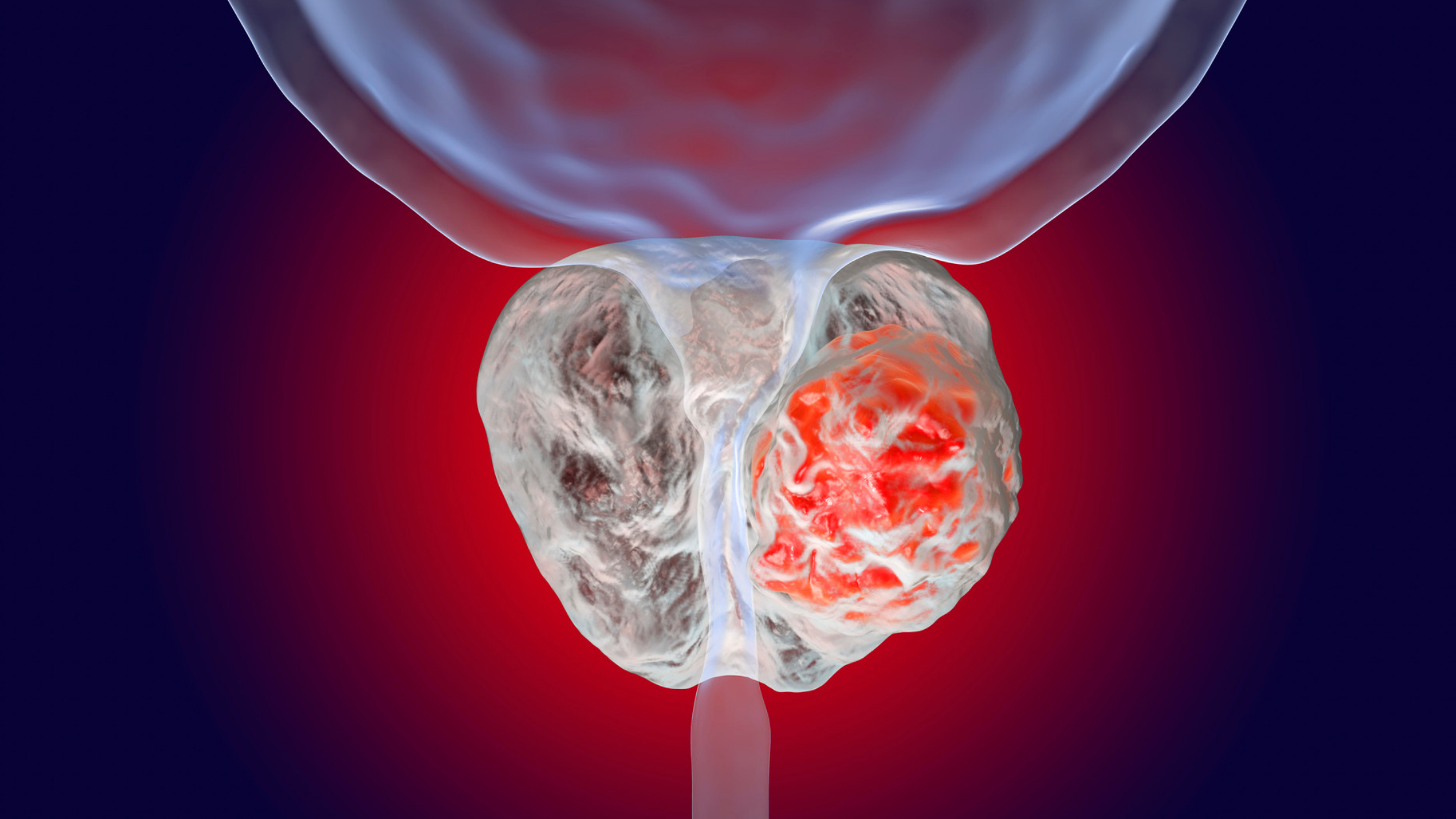Everything You Want to Know About Male Incontinence
Written by Tye Medical on Mar 24th 2021
How common is male incontinence? About 3% to 11% of men have some form of urinary incontinence. And urine leaks indeed become more common with age.
As you get older, you're more likely to develop other health conditions, a weakened pelvic floor, or a weakened bladder muscle.
While many factors can play a role, it's prostate problems that often trigger men's most troubling incontinence symptoms. That's because this tiny gland sits directly below the bladder and houses a large portion of the urethra, which runs directly through it.
But other factors come into play, and certain types of incontinence are more common in men than others. Understanding the cause of your leaks can help you eliminate symptoms or manage them more effectively.
So here's a rundown of all the things you've wanted to know about incontinence in men, including how to buy the right products for leak protection.
Knowing When It's Time to See a Doctor
Sure, some minimal post-pee dribble can be normal. Annoying – yes – but if it's barely a blip on your radar, there's no need for concern. But if the problem shifts from a minor annoyance to interference with your daily life, consider scheduling an appointment with your doctor.
If you're already thinking about what products to purchase, it's probably time to face the issue head-on. Your primary care provider might refer you to a urologist, a doctor specializing in urinary tract conditions (prostate included).
Remember that male incontinence isn't uncommon. Doctors regularly help men manage urine leaks, and in many cases, it's highly treatable.
Overflow Incontinence and an Enlarged Prostate
Overflow incontinence is a common cause of male bladder leaks and typically involves the prostate. With this type of incontinence, your bladder doesn't empty completely, leaving residual urine. This means your bladder will fill more quickly—and even overfill—causing leaks.
You might not even know you have to go, especially if an injury or underlying condition has damaged your bladder nerves.
If you have this type of male incontinence, it can be challenging to start a stream of urine, and when you do, the stream is usually weak. And since urine is lurking in your bladder longer than it should, you're more likely to develop a urinary tract infection.
So why can't you empty your bladder?
It's often because your enlarged prostate presses on the urethra, blocking urine flow partially or completely. This isn't surprising since the urethra runs right through the center of your prostate. So, when the gland is enlarged, the urethra narrows, restricting flow until enough pressure builds.
For more information, please read our article, Overflow Incontinence Treatment: What to Do About This Common Male Bladder Condition.
Prostatitis and Your Bladder

Prostatitis is simply an inflamed prostate. Inflammation typically causes swelling until the trigger resolves.
An inflamed prostate affects your bladder much like an enlarged prostate because, in both cases, your gland is larger than it should be. This means it presses on your bladder and urethra. Causing prostatitis symptoms like:
- Pain or burning (especially when you pee)
- Urgency
- Frequent urination
- Urine leaks and dribbling
- Incomplete emptying
- UTIs
- Painful ejaculations
- Pelvic pain
Urine leakage can happen with an enlarged prostate and prostatitis because the additional bladder pressure initiates urine flow. In a healthy urinary tract, when you're ready to pee, the bladder muscle squeezes, triggering the urinary sphincter to relax and allow urine to pass.
But if you have prostatitis (or another condition that stresses your bladder), your sphincter mistakes the increased pressure (if significant enough) for a muscle contraction and automatically releases urine.
This type of urine leakage is known as stress incontinence. Symptoms worsened with jarring movements like sneezing, coughing, and some types of exercise.
But what causes the inflammation leading to this type of male incontinence?
Sometimes inflammation happens for reasons your doctor can't explain. But most of the time, causes include:
- Bacterial infection
- Sexually transmitted infection
- Prostate injury
- High stress
If you want to learn more, you can read our article, Prostatitis Symptoms You Should Know.
Stress Incontinence and Prostate Surgery
Doctors typically recommend surgery to remove the prostate (prostatectomy) when the gland is enlarged enough to block urine flow significantly—or when cancer is detected.
Sometimes bladder nerves or the urinary sphincter is damaged during surgery. Considering male anatomy and the location of the prostate, it's not surprising.
If your sphincter has been damaged, it's also weaker, making it more difficult to stop urine flow. Additionally, after your prostate is removed, your bladder has less support and sags under pressure.
The additional pressure and weakened sphincter are a perfect storm when it comes to bladder leakage. Often, this damage leads to a more permanent form of incontinence unless you opt for additional procedures.
Other Male Incontinence Causes
Prostate problems aren't the only cause of incontinence in men. Sometimes, other conditions damage bladder nerves that result in a loss of bladder control. This is called neurogenic bladder.
Underlying conditions most likely to cause nerve damage are:
- Multiple sclerosis (MS)
- Diabetes
- Parkinson's disease
Other causes of bladder nerve damage include:
- Stroke
- Spinal cord injury
- Major pelvic surgery
- Low back surgery
You can also develop urine leakage from chronic constipation and being overweight.
Male Incontinence Underwear

You've probably got questions when it comes to incontinence products for men. What types of products work best, and do you need something special?
When it comes to incontinence underwear, male-only products are usually more about marketing than function. Incontinence products seem to sell better when marketed directly to men rather than both genders.
High-quality protective underwear should offer expansive coverage, even in the front, making them perfectly suitable for men and women.
A man's biggest leak challenge is his shifting anatomy. That's why we recommend a snug fit and a quality product.
Look for these key features in male incontinence underwear:
- Snug fit that also aids movement
- High absorbency (to the degree you need it)
- Quick absorption (to keep your skin dry)
- Leak barriers (especially around the legs)
- Tear-away sides and optional insert pads (for convenience)
- Discreet, affordable shipping options
What about incontinence pads for men? If your leaks are light enough and you're not especially active, pads could work for you.
But for light or heavy protection, we recommend men take advantage of the security incontinence underwear offers.
Ultimately, only you can determine the best product for your needs. However, our guide Men's Incontinence Underwear: Everything You Need to Know to Get it Right is a great place to start learning about your options.
Incontinence Treatments for Men
While some forms of incontinence can't be cured, if you address underlying health conditions or make lifestyle changes, you can effectively manage your condition.
However, other types of incontinence can resolve once you address the cause.
In either case, here are some common male incontinence treatments to ease or eliminate your symptoms.
Resolve Constipation
When your colon is overfull from constipation, it can press on the bladder. This means you can't hold as much urine, and the increased bladder pressure can also cause urgency. Sometimes the urgency leads to bladder leaks.
You can treat your constipation by:
- Drinking more hydrating fluid
- Eating more fiber-rich foods
- Taking a fiber supplement
- Getting the right amount of exercise
- Losing weight
- Avoiding processed foods (including foods made with white flour)
Undergo Surgery
Surgery to remove an enlarged prostate alleviates stress on the bladder, curing both stress incontinence and overflow incontinence. However, there's also a risk that the surgery itself could leave you with bladder leaks.
If you want to cure male incontinence, you can also opt for a sling procedure that repositions the urethra. This is typically done after prostate surgery when bladder leaks are problematic.
You can also opt for an artificial sphincter implant to help with stress incontinence before or after prostate surgery.
Get Treatment for Prostatitis
If you have noticed some of the inflamed prostate symptoms mentioned earlier but haven't seen your doctor, it's important that you get treatment. The infection can continue to worsen and cause more severe problems.
It could also be the cause of your urine leaks, or at least contributing to them.
If you've been diagnosed with an inflamed prostate, your doctor will provide a run of antibiotics that could last up to six months or more. It's critical that you clear the infection, or symptoms are likely to return.
Try BPH Medication
BPH (or benign prostatic hyperplasia) is another name for an enlarged prostate. Medications can shrink your prostate enough to relieve bladder symptoms like urgency, incomplete emptying, and even incontinence. It's often recommended as an alternative to prostate removal.
Intermittent Catheterization
This treatment might seem extreme, but it relieves overflow incontinence symptoms. Since an enlarged prostate or nerve damage prevents you from emptying your bladder, periodically inserting a catheter to drain urine solves the problem.
And if your bladder isn't overfull, then there is nothing to trigger urine leaks.
Male Incontinence Is Less Common but Highly Treatable

When you first start leaking urine, it's tempting to hope the problem will resolve itself—and sometimes it does.
Even though your female counterparts are more likely to develop incontinence, it doesn't make your symptoms any less concerning. If you haven't talked to your doctor yet, now is the time.
When you realize that many types of male incontinence are treatable—even curable—it can motivate you to be more proactive about your condition.
Try Protective Underwear that Gives You All-Round Protection
TYE Medical's LivDry brand of incontinence underwear gives you protection where you need it. And since men want convenience and comfort, our Protective Underwear features cloth-like stretch panels and tear-away sides.
Shop our store to find the size and absorbency you need day or night.


